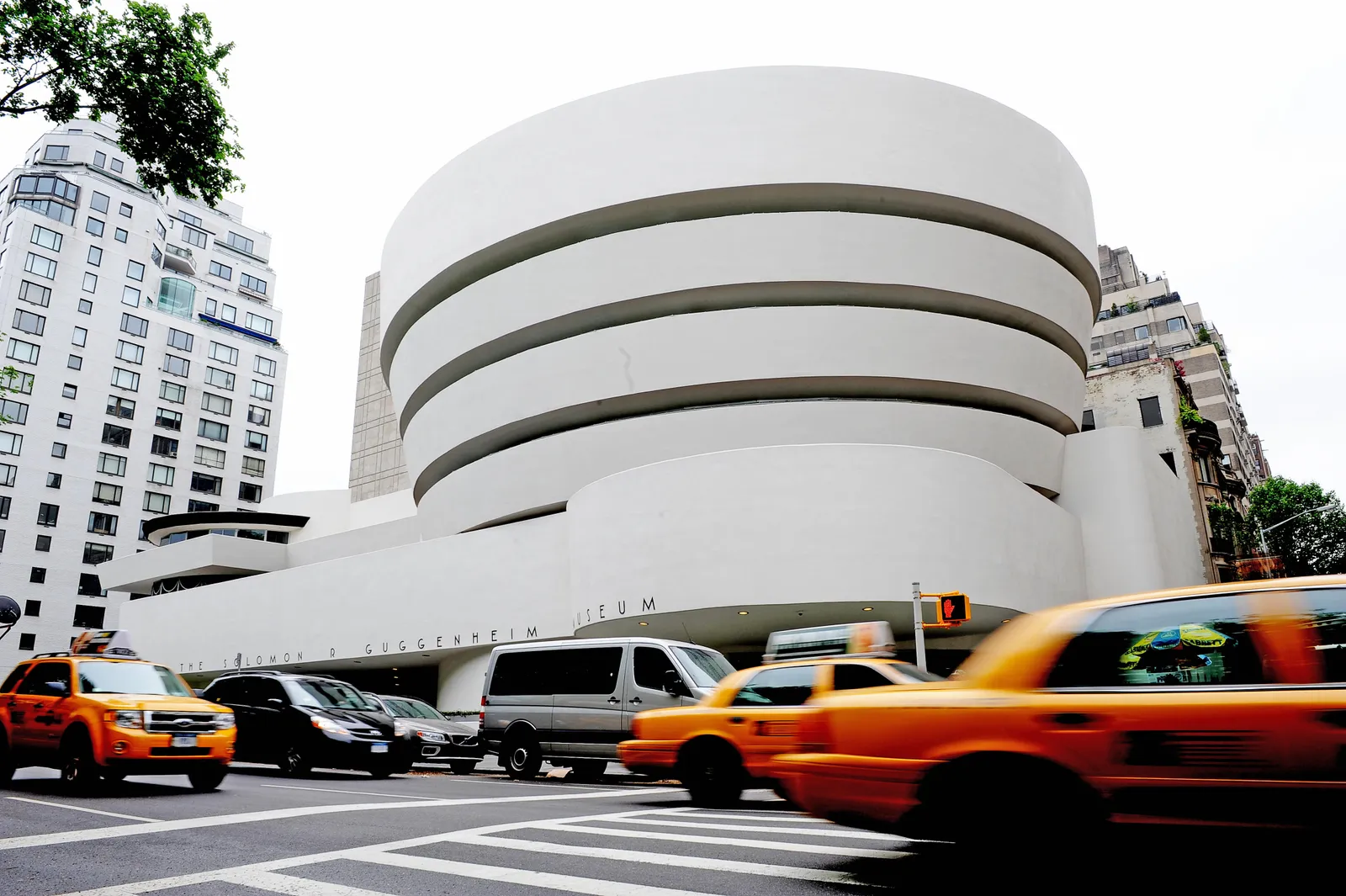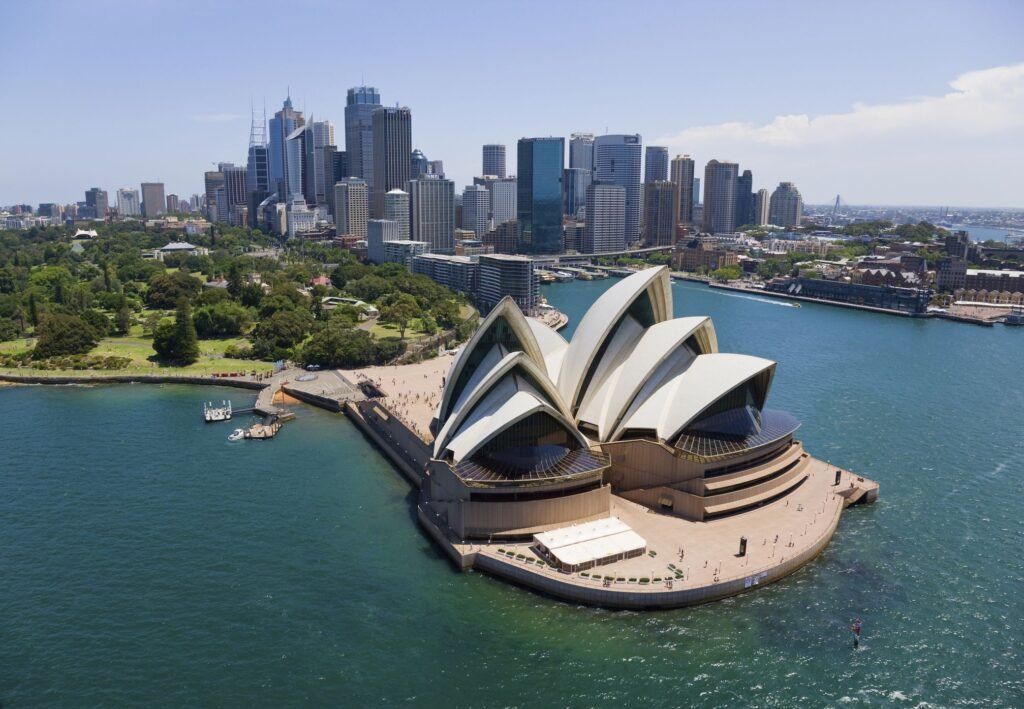Iconic buildings are landmarks in architectural history, representing significant design achievements and cultural heritage. Capturing imagery of these structures involves highlighting their unique features, visual impact, and historical context. This article explores the techniques and considerations for photographing iconic buildings to convey their significance and grandeur.

Celebrating Design Significance
Iconic buildings are celebrated for their design significance and impact on architecture. To capture this, use wide-angle lenses to encompass the full scope of the structure and its surroundings. Focus on grand features such as distinctive facades, unique shapes, and innovative elements. Experiment with various angles to reveal the building’s scale and importance, highlighting the design principles that contribute to its iconic status.
Mastering Lighting for Dramatic Effects
Lighting plays a crucial role in showcasing the grandeur of iconic buildings. Natural light is often the most effective, as it enhances the building’s textures and materials. Aim to photograph during the golden hours—early morning or late afternoon—when the light is soft and warm, adding depth and dimension to the images. For nighttime shots, use artificial lighting to highlight the building’s features and create dramatic effects.
Showcasing Architectural Impact
The impact of iconic buildings often lies in their bold and innovative design. Focus on capturing elements that define the building’s uniqueness, such as striking silhouettes, intricate details, and unconventional shapes. Wide shots can illustrate the building’s overall impact, while close-ups can highlight specific design features that contribute to its iconic status.
Capturing Context and Environment
Iconic buildings are often deeply integrated into their surroundings, which can enhance their significance. Include contextual shots that show how the building interacts with its environment, whether it’s set against a natural backdrop or part of an urban landscape. These images provide a sense of scale and help viewers understand the building’s relationship with its surroundings.
Utilizing Composition Techniques
Effective composition is key to creating compelling imagery of iconic buildings. Apply techniques such as the rule of thirds, leading lines, and framing to enhance the visual appeal of each shot. Symmetrical compositions can emphasize balance and harmony, while asymmetrical compositions can introduce dynamic elements. Thoughtful composition helps draw attention to the building’s most impressive features and conveys a sense of architectural grandeur.
Highlighting Historical Context
Iconic buildings often have rich historical significance that adds to their allure. Capture elements that reflect the building’s historical context, such as architectural styles, construction periods, and cultural influences. Including historical details in your images can provide viewers with a deeper appreciation of the building’s legacy and significance.
Expert Post-Processing
Post-processing is essential for refining the final images of iconic buildings. Use editing software to adjust brightness, contrast, and color balance, ensuring that the images look polished and professional. Avoid over-editing; the goal is to enhance the building’s features while maintaining a natural and authentic appearance. Subtle adjustments can improve the overall presentation and emphasize the building’s iconic status.
Capturing Iconic Night Views
Nighttime photography can offer a unique perspective on iconic buildings, highlighting their illuminated features and creating a striking visual impact. Use long exposure techniques to capture the building’s lighting and surroundings, creating a dramatic effect that emphasizes its architectural brilliance. Ensure that the lighting is balanced and complements the building’s design.
Conclusion
In conclusion, capturing iconic building imagery requires a focus on design significance, visual impact, and historical context. By mastering lighting techniques, applying effective composition, and showcasing the building’s relationship with its environment, photographers can create compelling images that reflect the true grandeur and legacy of these architectural legends. Expert post-processing further enhances the visuals, making them a powerful tool for presenting the pinnacle of architectural design. For those seeking to celebrate and showcase iconic buildings, capturing their imagery offers an unparalleled glimpse into the world of architectural excellence and cultural heritage.

